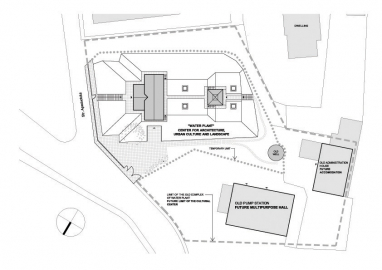Water Plant, Center for Architecture, Urban Culture and landscape
This conversion of an old, abandoned Water Plant into a Cultural Center represents a complex proposal that stands as an alternative solution to the destruction of the architectural heritage as well as to the urban development. Built in 1912 by German and Austrian engineers in the multicultural region of Bukovina, the Water Plant symbolizes the birth of the modern city of Suceava. Neglected over 50 years, in 2006 a refurbishing project was initiated by a group of local architects.
Located on a site undergoing major urban transformations, this intervention draws public attention to the wide range of architectural renewal possibilities of the area. The project results as a collaboration including municipal authorities, local community and an array of architects, engineers and students. Moreover, private contractors and companies dedicated to innovative techniques are involved to achieve an exemplary public-private partnership. On a 1255 sqm site with a building size of 500 sqm, the new intervention is minimal.
A direct access to the water tanks is created as a clear cut in the hill, offering a piazza as a forecourt intended for future integration of the surrounding buildings. The land has been remodelled to ensure a natural thermal comfort inside the subterranean building. The upper parts were reinforced with a carbon fiber technique and the preserved original window frames are doubled with frameless self-bearing double glazed windows. The initial roof structure is restored and parts of the interior wall are kept as technological frescoes.
Although originally conceived as a technological construction, the new Water Plant is now capable of hosting events ranging from conferences to concerts and exhibitions. By reclaiming its place in the city, this project attempts the true meaning of the word sustainability (sus = under and tenere = to hold) - to keep in existence, to maintain and prolong.

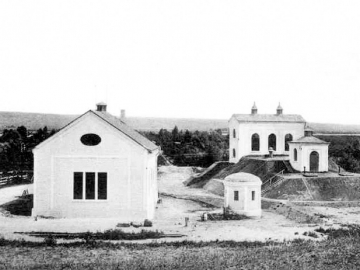
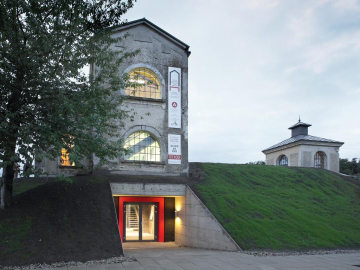
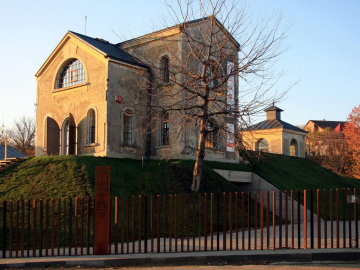

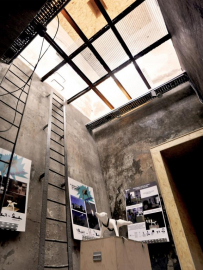
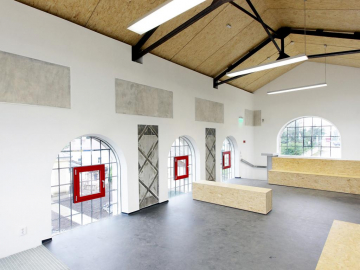
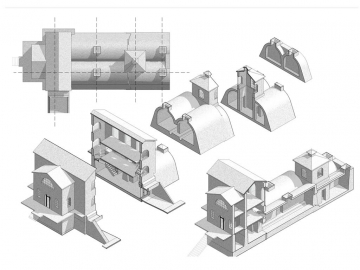
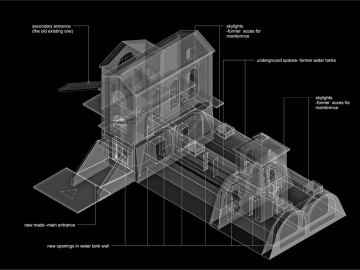
 copy.jpg)
 copy.jpg)
